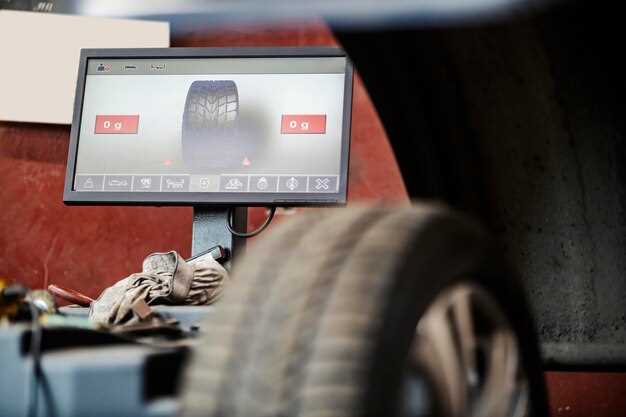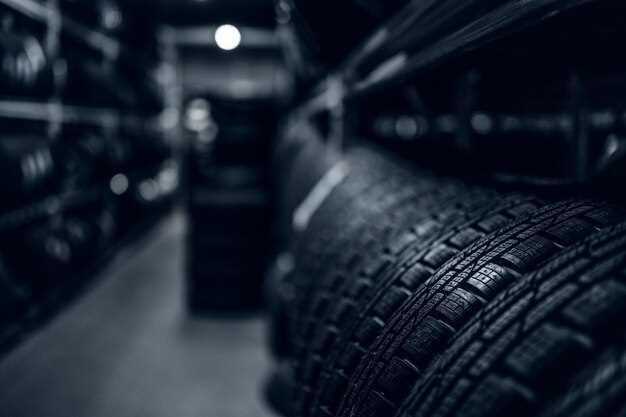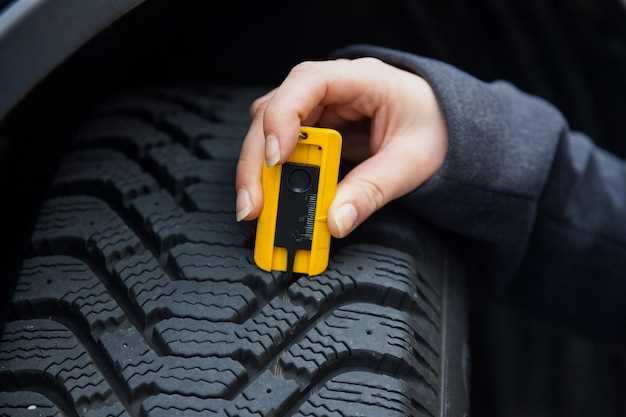

The tread depth of a tire plays a crucial role in determining the safety of a vehicle on the road. As tires wear down, their ability to provide traction decreases significantly. Understanding the importance of maintaining an adequate tread depth is essential for all drivers, as it directly affects vehicle performance, handling, and safety during various driving conditions.
Each tire has a recommended limit for tread depth that should not be exceeded. When the tread wears down to this limit, the risk of hydroplaning, reduced braking performance, and compromised grip on the road increases. It is vital for vehicle owners to regularly check their tire tread and replace tires that have reached this critical limit to ensure optimal safety for themselves and their passengers.
Investing time in monitoring tire tread depth not only enhances safety but also promotes fuel efficiency and overall vehicle longevity. Drivers should be aware of the indicators of tread wear and take proactive measures to address any issues. By prioritizing tire maintenance, individuals can significantly reduce the likelihood of accidents and enjoy a safer driving experience.
Understanding Recommended Tread Depth for Optimal Performance
The tread depth of a tire plays a crucial role in its overall performance, affecting traction, handling, and safety. It is essential to comprehend the recommended tread depth to ensure optimal operation under various conditions. Most safety organizations and tire manufacturers suggest maintaining a minimum tread depth of 2/32 inches (1.6 mm) for adequate performance. However, for optimal safety, particularly in wet or challenging driving conditions, a tread depth of at least 4/32 inches (3.2 mm) is often encouraged.
It is important to note that while some regions may have legal limits mandating minimum tread depth, these regulations often serve as a baseline rather than a standard for safe driving. Tires that reach the legal limit may not provide sufficient grip, especially in adverse weather situations like rain or snow. The tread design itself, including grooves and patterns, significantly influences water evacuation and hydroplaning resistance.
Regularly monitoring tread depth can help prevent premature tire wear and enhance vehicle safety. Tools like tread depth gauges enable drivers to easily measure the remaining tread, ensuring that they remain above the recommended levels. Investing in tire maintenance and adhering to recommended standards will ultimately result in improved handling, reduced stopping distances, and enhanced overall driving safety.
Legal Limits for Tire Tread Depth in Different Regions

Tire tread depth is a crucial factor in vehicle safety, directly influencing grip, handling, and the ability to disperse water. Various regions around the world have established legal minimums for tread depth to ensure vehicles operate safely on the road. Understanding these regulations is essential for drivers to maintain compliance and prioritize safety.
In the United States, the legal minimum tread depth is commonly set at 2/32 of an inch. However, many experts recommend changing tires when tread depth falls to 4/32 of an inch for improved performance, particularly in wet conditions. Enforcement of these limits can vary by state, with some regions conducting regular inspections and others relying on individual drivers to self-regulate.
In contrast, the European Union has a slightly more stringent requirement, mandating a minimum tread depth of 1.6 millimeters (approximately 2/32 of an inch) for passenger vehicles. Many EU countries encourage replacing tires once tread depth reaches 3 millimeters to enhance safety, especially in adverse weather conditions.
Other regions, such as Australia, align with the 1.6-millimeter standard. However, individual states may impose different regulations, reflecting their unique environmental conditions and road safety priorities. For instance, heavy rain and flooding in certain areas might prompt local authorities to advocate for deeper tread depths.
In Canada, the legal requirement for tire tread depth is also set at 1.6 millimeters. Nonetheless, many provinces recommend a tread depth of at least 3 millimeters for optimal performance in winter conditions, highlighting the importance of regional climate when assessing tire safety.
Overall, legal limits for tire tread depth vary across regions, reflecting local regulations and safety recommendations. Drivers must stay informed about these standards and regularly check their tires to ensure compliance and enhance road safety.
Methods to Measure and Monitor Tire Tread Depth Regularly

Monitoring tire tread depth is essential for ensuring road safety and meeting legal requirements for vehicle operation. There are several effective methods to measure and keep track of tire tread depth.
-
Using a Tread Depth Gauge:
A tread depth gauge is an inexpensive tool that specifically measures the depth of tire tread. To use it:
- Insert the gauge into the tire tread’s grooves.
- Read the measurement on the gauge for an accurate depth.
- Regularly check multiple areas of the tire to ensure even wear.
-
Ruler or Measuring Tape:
If a tread depth gauge is not available, a ruler can serve as a substitute. Follow these steps:
- Place the ruler into the groove of the tire.
- Measure from the bottom of the groove to the top of the tread.
- Record measurements at different points on each tire.
-
Visual Inspection:
Conducting regular visual inspections can help identify tread wear. Look for:
- Worn or bald spots on the tire surface.
- Uneven tread wear patterns, which may indicate alignment issues.
- The presence of indicators or wear bars in the tread, which signal when tires need replacement.
-
Tread Wear Indicators:
Many tires come equipped with built-in tread wear indicators. These are raised sections in the tread that become visible when the tread wears down to specific legal limits. Regularly check:
- When the indicators become flush with the tread, replacement is necessary.
- Continue monitoring routine tread depth to ensure safety.
-
Professional Inspection:
For the most reliable assessment, consider having professionals inspect tire tread depth during regular maintenance. Benefits include:
- Advanced tools and techniques for accurate measurement.
- Comprehensive evaluation of tire health and safety.
Regularly monitoring tire tread depth is crucial for safe vehicle operation. By employing these methods, drivers can better manage tire health and comply with legal safety standards.







